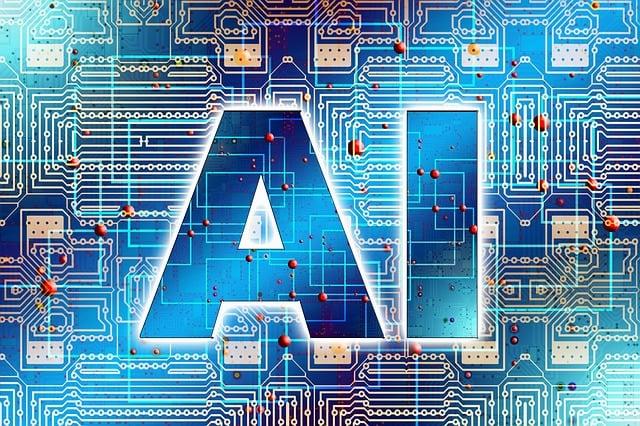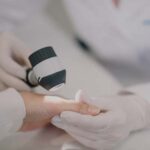Understanding the Role of AI in Dermatology
The rise of Artificial Intelligence (AI) in various fields has sparked both excitement and concern. In dermatology, AI is not a replacement for dermatologists but a powerful tool to enhance patient care. This blog post aims to demystify the role of AI in dermatology, showing how it assists rather than replaces human expertise.
The Role of Artificial Intelligence in Dermatology
- Speed and Efficiency in Diagnosis: AI algorithms, trained on vast datasets of skin images, can quickly analyze and suggest potential diagnoses. This rapid analysis aids dermatologists in making more informed decisions, especially in identifying skin cancers like melanoma at an early stage.
- Enhanced Accuracy and Precision: Artificial Intelligence can identify subtle differences in skin lesions that might be challenging for the human eye. This precision helps in early and accurate diagnosis, crucial for conditions like skin cancer.
- Accessibility and Outreach: AI-powered mobile apps enable remote assessment of skin conditions, making dermatology more accessible. This is especially beneficial for patients in remote areas or those with mobility issues.
- Customized Patient Education: Artificial Intelligence can analyze patient data to provide personalized educational materials and care instructions, improving patient understanding and engagement in their treatment.
- Research and Development: AI assists in dermatological research by analyzing large datasets to uncover new insights into skin diseases, leading to innovative treatments.
AI Does Not Replace Dermatologists
- Human Touch and Empathy: Artificial intelligence lacks the human touch and empathy crucial in patient care. Dermatologists provide comfort, understanding, and personalized care that AI cannot replicate.
- Complex Decision-Making: Dermatology involves complex decisions based on a patient’s medical history, lifestyle, and preferences. Artificial Intelligence supports these decisions but cannot replace the nuanced judgment of a skilled dermatologist.
- Ethical Considerations and Responsibility: Ethical decisions and responsibility for patient care remain with dermatologists. AI tools are aids, not decision-makers.
FAQs
- Will AI reduce the need for in-person dermatology visits? AI can assist in preliminary assessments but cannot replace the comprehensive care provided during in-person visits.
- Is AI in dermatology safe? When used under the guidance of qualified dermatologists, AI tools can be safe and can improve diagnostic accuracy and patient care.
Conclusion
AI in dermatology represents a partnership rather than a replacement. It brings efficiency, precision, and accessibility, complementing the irreplaceable human elements of empathy, judgment, and ethical decision-making that dermatologists provide. Embracing artificial intelligence in dermatology means enhancing patient care, not replacing the caregivers.
Remember, artificial intelligence in dermatology is a tool for better health outcomes, not a substitute for the personalized care only a human dermatologist can provide. As we move forward, let’s embrace AI as a valuable ally in our journey towards better skin health.
Warm regards,
The Apollo Dermatology Team
Schedule a consultation today or call us at 248-436-4888 to to make an appointment.
Disclaimer: This information is for educational purposes only and is not a substitute for professional medical advice. Always consult your dermatologist for any concerns about your skin health.
Apollo Dermatology – Board Certified Dermatologist Office serving Auburn Hills, Lake Orion, Rochester Hills, Troy MI, and all of Southeast Michigan
OFFICE HOURS
Monday:
9 AM – 4:30 PM
Tuesday:
9 AM – 4:30 PM
Wednesday:
9 AM – 4:30 PM
Thursday:
9 AM – 4:30 PM
Friday, Saturday & Sunday:
Closed
ADDRESS:
Apollo Dermatology, Board Certifified Dermatologist in Rochester Hills
555 Barclay Circle
Suite 170
Rochester Hills, Michigan
48307
DIRECTIONS:
Apollo Dermatology – Board Certified Dermatologist Office serving Auburn Hills, Lake Orion, Rochester Hills, Troy MI, and all of Southeast Michigan
















